Paddle Board Safety: Tips To Staying Safe On The Water
Paddle boarding, also known as stand-up paddleboarding (SUP), has gained immense popularity over the past few years as it's for all ages and a year round activity. It’s a fantastic way to enjoy the outdoors, get some exercise, and explore lakes, rivers, and oceans. However, like any water sport, safety is crucial. Whether you're a beginner or an experienced paddle boarder, understanding how to stay safe is essential.
Always Wear a Buoyancy Aid
Wearing a Buoyancy Aid is one of the utmost important safety measures you can take when paddle boarding. While SUPs are generally stable, accidents can happen, and a Buoyancy Aid could save your life in the event of a fall.
Choose one that is comfortable but also maintains a snug fit.
Get your buoyancy aid and stay safe on the water.
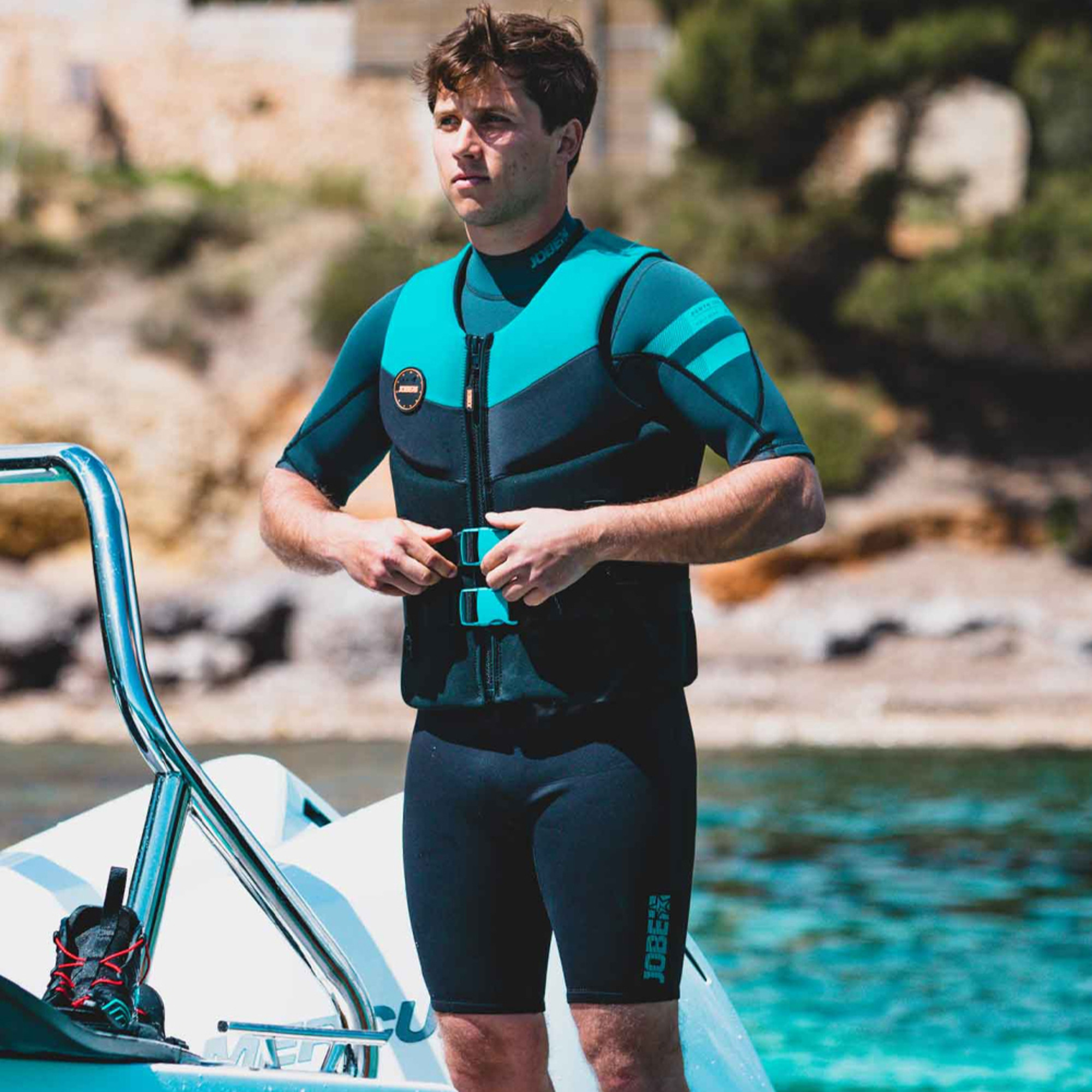
SUP Leash
Depending on what water you're paddling in, it's important to choose what type of leash is best, coiled for flat water, straight for surfing, or quick-release for rivers.
Without a leash, strong currents or winds could separate you from your board, it only takes seconds when a dangerous situation is created.
It is a must-have piece of equipment for paddle boarding. Most boards are supplied with a leash and this is something you should wear everytime you go supping.
Shop SUP Leashes to keep your board close.
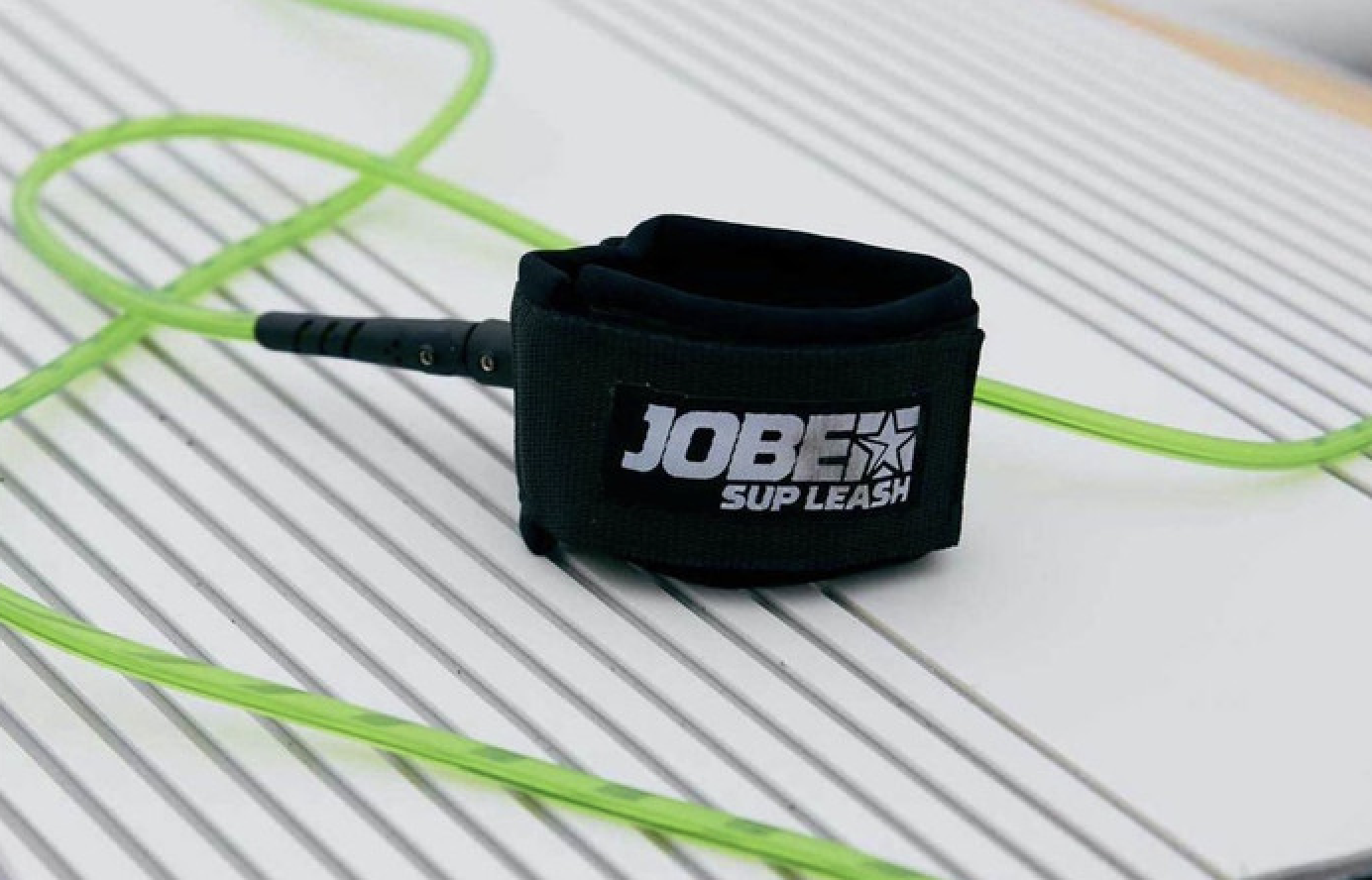
Check Weather and Water Conditions
Wind can make or break any SUP session and is often overlooked.
Before heading out, always check the weather and water conditions. Light winds will make paddling in any direction easy.
The paddle will be a lot harder to control when the wind strength picks up, with a strong offshore wind, the waves and current will make it extremely tricky to get back to land.
Most people paddle in places sheltered from the wind but as you get further out the wind will generally be stronger.
Wear Appropriate Gear
Whether it's a wetsuit vest, shorty wetsuit or a full hooded wetsuit, they are perfect for your paddle board session and wearing suitable clothing will allow you to extend the paddle
session well past the warm days of summer.
Footwear like water shoes or neoprene boots can also offer protection against sharp rocks or shells if you’re paddling in shallow areas.
Shop wetsuits, reshvests, footwear and drybags for SUP.
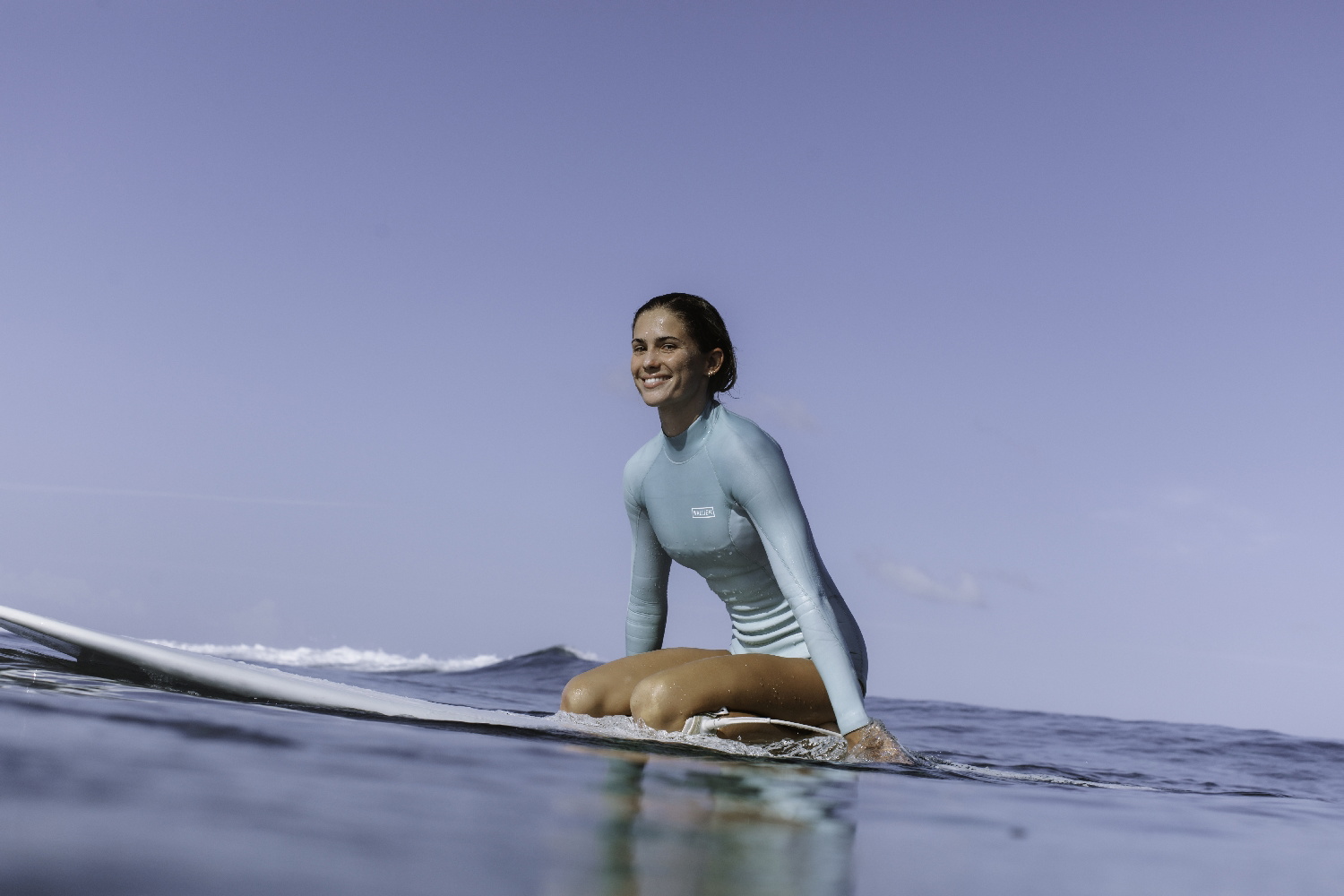
Know Your Limits
Paddle within your experience and comfort zone. If you’re a beginner, stick to calm, flat water with minimal wind and currents.
As you gain more experience and confidence, you can try more challenging conditions, but always be aware of your limits.
Don’t push yourself too far, make sure you have a buddy with you and a buddy on the shore.
Be Aware of Other Watercraft
Be mindful of your surroundings when paddle boarding in areas with other watercraft, like boats or jet skis.
Stick to the shoreline or waterways that motorised crafts are limited. Always stay visible by wearing bright clothing, and avoid busy areas whenever possible.
Be proactive in avoiding collisions as larger boats may not see you.
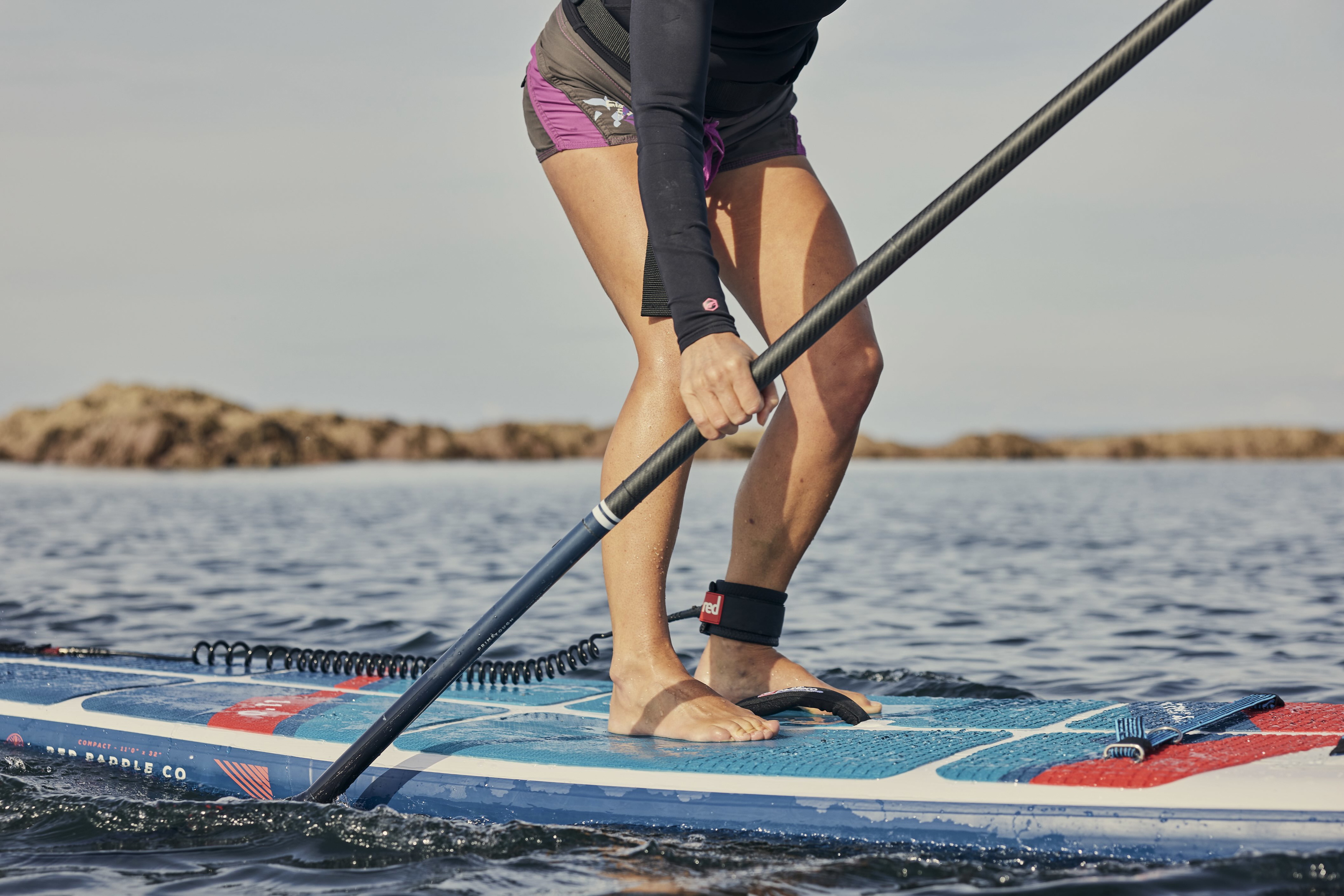
Learn How to Fall Properly
Falling off a paddle board is inevitable, the key is to fall correctly to avoid injury. Here are 3 main rules to follow
- Always fall away from your board, whether its behind the tail or away from the rails.
- Always wear a leash so your board doesnt get away from you when you fall. Sometimes the board can shoot off like a rocket and in strong wind the board will keep going
- Don't plan, but do prepare. How deep is the water you are paddling in and make sure you fall accordingly
Paddle with a Buddy
If you must paddle alone, let someone know your plans, including where you’re going and when you expect to return.
Whenever possible, paddle with a buddy. Having someone with you adds an extra layer of safety, especially in open water.
If an accident occurs, your buddy can assist you or call for help if needed.
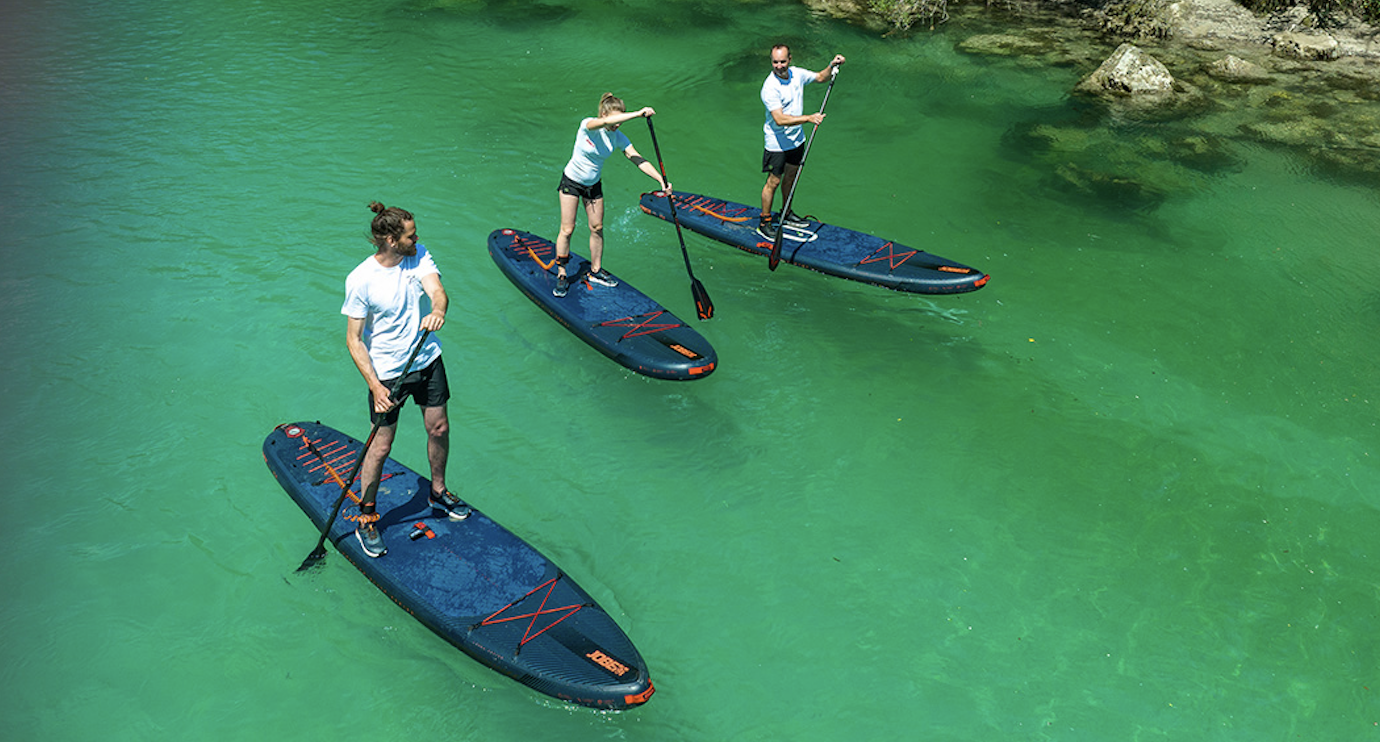
Take a Paddle Boarding Class
If you’re new to paddle boarding or want to refine your skills, taking a class can be a great idea. Many places offer paddle boarding lessons and improvers courses that teach not only how to paddle and balance but also critical safety techniques.
You’ll learn how to deal with different water conditions, how to handle falls, and how to make emergency decisions on the water.
Who Has Priority and Local Rules and Regulations
Some places may have designated paddle boarding zones, while others may require certain safety equipment like whistles or lights.
You cannot use a SUP in designated swimming areas and cross port entrances and exit channels.
Do not pass in front of sea vessels like tugboats or sailboats as they have restricted manoeuvrability.
Different areas may have specific rules and regulations for paddle boarders, so be sure to familiarise yourself with them before you head out.
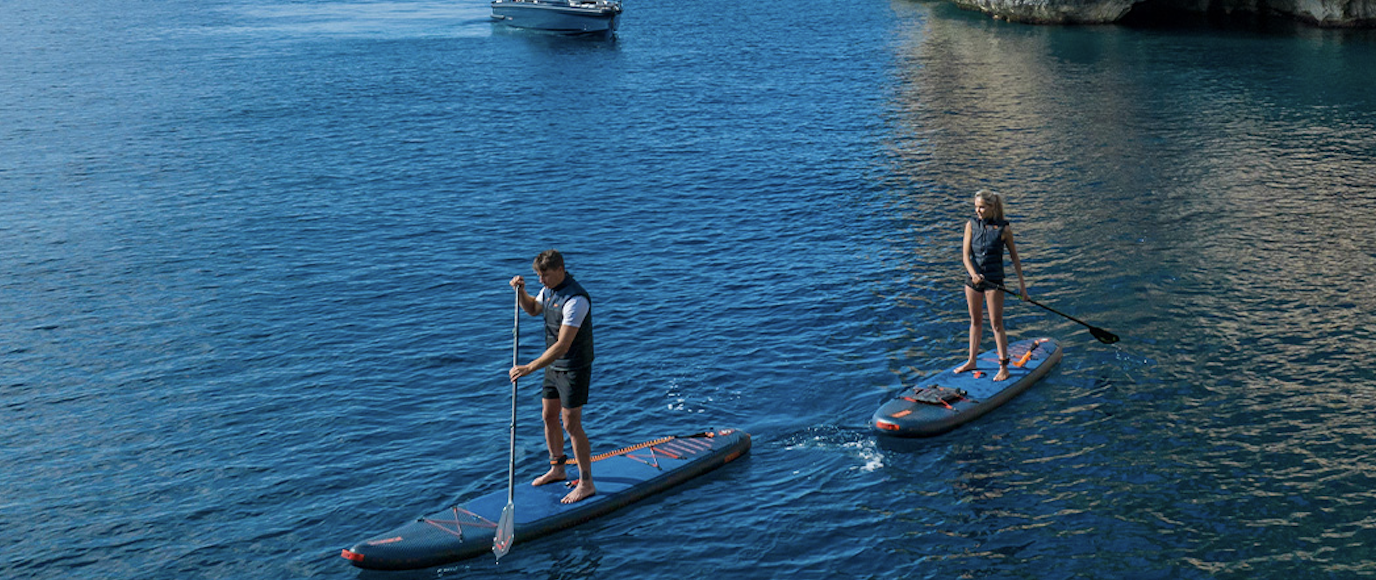
Prep your Equipment
When reading and learning about SUPs you will come across the word ‘PSI’ which stands for pounds per square inch.
The higher the PSI in boards the more rigid the board will be. Making sure your board is correctly inflated will ensure it performs well, is stable, will not flex in the middle and will hold the proper amount of weight for its size.
Choose the best high pressure pump for optimum performance out of your board.
There are a variety of fin sizes tailored to fit different needs and preferences, the length will depend on what environment and type you will be paddling in when it comes to selecting the perfect fins for your outing.
Lots of paddle boards come with a paddle when you buy one but it is worth it to invest in a lightweight, comfortable and well-designed paddle that’s sized right for you.
Adjust it to the correct length (usually about 6-8 inches above your head) and ensure it's functioning smoothly.
Grab Your Board, Stay Safe and Enjoy the Adventure!
Paddle boarding is a fantastic way to enjoy the beauty of the water, you can do all kinds of activities on a SUP, like yoga, fishing, racing and touring.
When doing these activities It’s important to prioritise safety at all times.
By following the tips above you’ll be well-prepared for a safe and enjoyable paddle boarding experience.

Shop Stand Up Paddleboarding here
Updated on 26th September 2024
Originally published on 11th September 2024 in Guides























































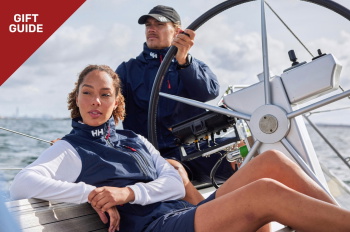
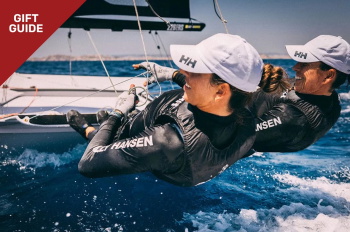
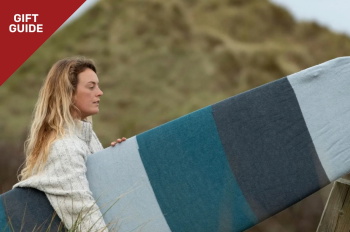
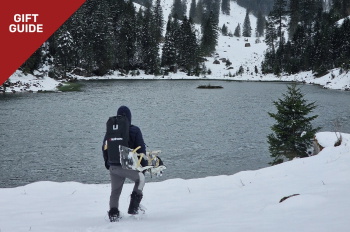
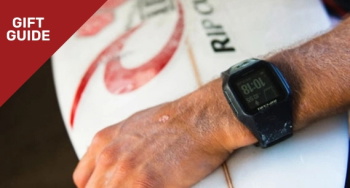
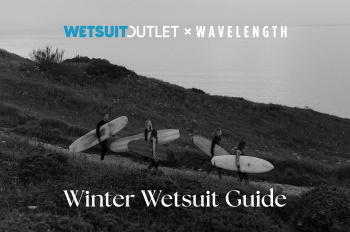

 Visit the US site
Visit the US site  Continue to ES
Continue to ES